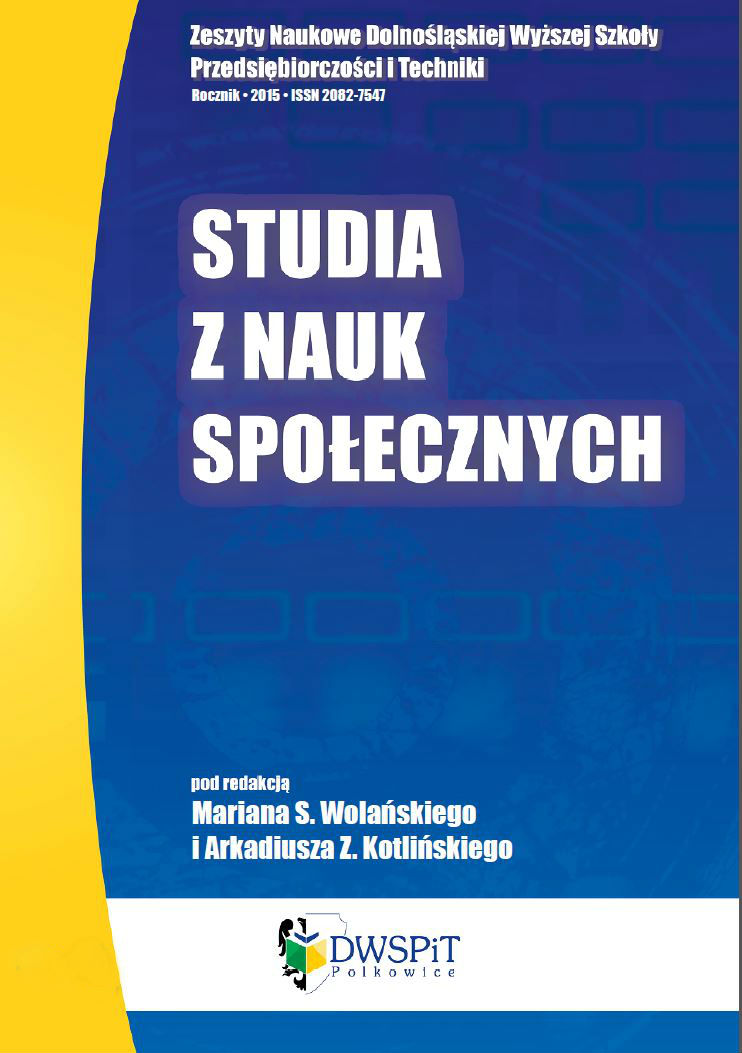E-commerce in Romania and in Poland
E-commerce in Romania and in Poland
Author(s): Zdzisław Pólkowski, Marius NastaseSubject(s): Business Economy / Management, Accounting - Business Administration, ICT Information and Communications Technologies
Published by: Wydawnictwo Uczelni Jana Wyżykowskiego
Summary/Abstract: The article contains a brief description of the analysis performed in the specialist literature addressing the problem of e-commerce in Small and Medium Enterprises in Romania and Poland. Significant aspects of e-commerce, such as the environment for e-business in Romania and Poland at present, information about useful IT tools to do business with in Romania and in Poland have been discussed. Additionally, some aspects of using B2B portals and popular auction systems in Romania and in Poland have been presented. It is noted that the authors have focused particular attention on the presentation of the situation of e-commerce in Romania. In order for entrepreneurs to start and develop a business, it is essential to create a favorable business environment. Ensuring easier access to funding, making legislation clearer and more effective, also developing an entrepreneurial culture and support networks for businesses are all instrumental as far as setting up and the growth of businesses are concerned. Creating a favorable business environment basically means improving the growth potential of businesses, promoting social corporate responsibility100, in order to make business more attractive and profitable. The paper focuses on an analysis of commerce business models and using e-commerce portals. Small and medium-sized enterprises (SMEs) make up to 99% of European businesses.101 Their small size makes them very sensitive to changes in the industry and environment in which they operate. It may be noticed that despite some possibilities and financial support e-business systems are used only in a small number of SMEs. The main issues that are involved in this aspect are: limiting commerce to domestic trade, insufficient knowledge of worldwide B2B and B2C102 portals, and distrust towards e-banking as well as some legal aspects. The conclusions contain some proposals to improve the current situation by showing how new e-commerce tools can become useful and effective. Finally, some trends in e-commerce are presented.
- Issue Year: 2011
- Issue No: 4
- Page Range: 57-79
- Page Count: 23
- Language: English

